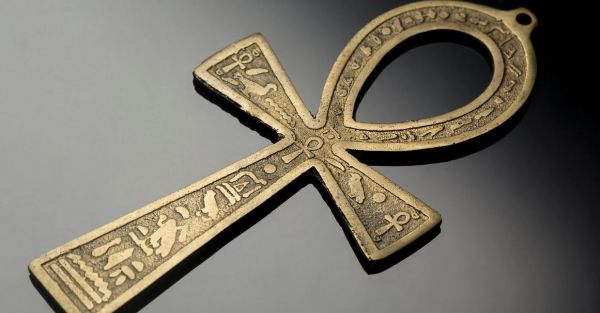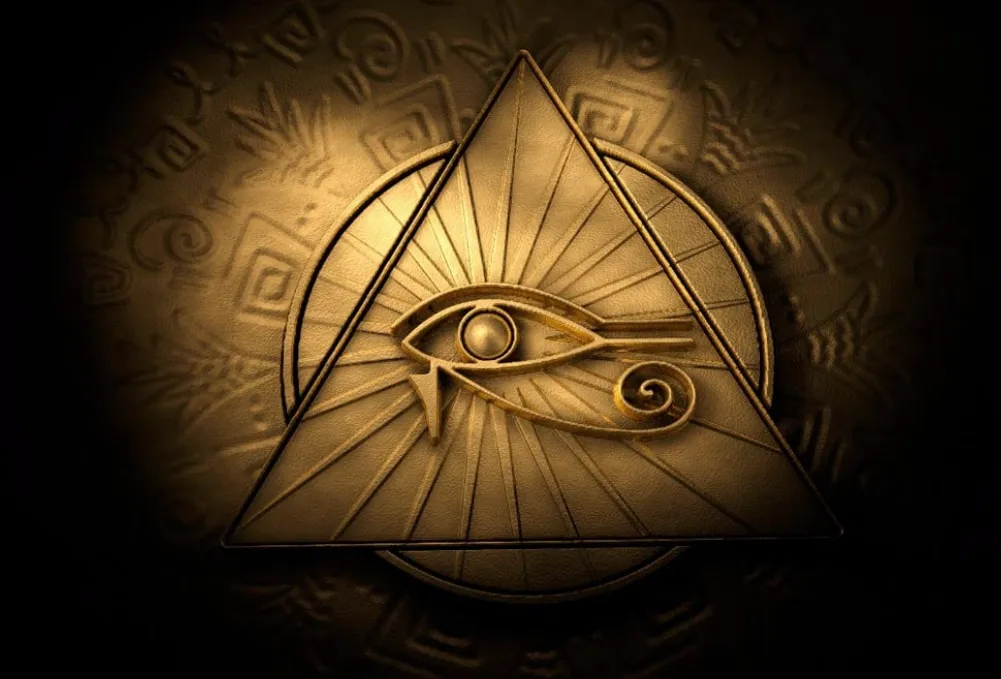Across human history, certain symbols have carried deeper meanings – powerful messages encoded in shapes, signs, and images that transcend time and geography.
These are cosmic symbols: primal, often sacred emblems that represent forces of the universe, consciousness, and our place in existence. Used by shamans, astrologers, emperors, and mystics, these symbols continue to appear in modern spiritual practices, cultural rituals, and even pop culture.
In this deep dive, we’ll explore seven ancient cosmic symbols, their hidden meanings, and the cultural and spiritual significance they carry across civilizations, from the Aztecs to the Yoruba, from Vedic cosmology to Celtic traditions.
Whether you’re spiritually curious, culturally connected, or intellectually fascinated, this guide will unlock a deeper understanding of how symbols shape identity, belief, and cosmic alignment.
1. The Spiral

Universal Meaning: Growth, evolution, and spiritual journey
Cultural Origins: Celtic, Native American, Maori, African traditions
The spiral is one of the oldest known symbols, appearing in prehistoric cave art as early as 10,000 BCE. In many cultures, it represents the journey from outer consciousness (materialism, ego) to the inner soul (enlightenment, divine connection). It’s a sacred symbol of life cycles, birth, death, and rebirth.
- In Celtic culture, spirals appeared in stone carvings at Newgrange (Ireland), thought to represent the path of the sun and the cycle of life.
- In Yoruba cosmology, spirals often appear in Ifá divination symbols as representations of movement between realms – earth, ancestors, and Orisha spirits.
Modern takeaway: The spiral is a reminder that progress is not linear but cyclical, encouraging us to embrace spiritual growth through change and reflection.
2. The Ouroboros
Universal Meaning: Infinity, wholeness, and eternal return
Cultural Origins: Egyptian, Greek, Norse, Hindu, alchemical traditions
The Ouroboros – a snake (or dragon) eating its own tail, is an iconic cosmic symbol found in many mythologies. It represents the cycle of creation and destruction, the self-renewing system of the universe.
- In Ancient Egypt, it appeared in funerary texts as a symbol of the sun god Ra’s journey through the underworld.
- In Greek alchemy, it symbolized the unity of opposites and the eternal nature of the soul.
- The Hindu concept of Kala Chakra (wheel of time) closely echoes the ouroboric theme, constant dissolution and rebirth.
Modern takeaway: The Ouroboros speaks to the regenerative power of life – what ends must begin again. It is a symbol of personal transformation and resilience.
3. The Flower of Life

Universal Meaning: Creation, unity, and sacred geometry
Cultural Origins: Ancient Egypt, Mesopotamia, Chinese Taoism, Kabbalah
This mesmerizing geometric pattern, composed of overlapping circles arranged in a hexagonal shape, is often seen as the blueprint of the universe. Known as the “Flower of Life”, it appears in various sacred sites across the globe, including the Temple of Osiris in Abydos, Egypt.
- The Kabbalists believed it held the code of creation and God’s divine structure.
- In Chinese Taoist cosmology, similar circular formations were seen as representations of Qi – the life force that flows through all things.
- In Igbo cosmology, similar patterns are used in Uli body art to represent balance and harmony between spiritual and physical worlds.
Modern takeaway: The Flower of Life reminds us that all life is interconnected. It’s widely used today in energy healing, meditation, and quantum spirituality.
4. The Ankh

Universal Meaning: Life, vitality, and immortality
Cultural Origins: Ancient Egypt
The Ankh, resembling a cross with a loop on top, is perhaps the most famous ancient symbol of life. Often depicted in the hands of gods and pharaohs, it signifies eternal life and the union of opposites – masculine and feminine, earth and sky.
- Used in rituals and tombs, the Ankh was believed to transfer divine energy.
- It’s thought to have influenced the Coptic cross, blending pre-Christian and Christian meanings.
Modern takeaway: The Ankh has become a cultural symbol of Black identity, Afrocentrism, and spiritual rebirth. It also appears in pop culture, often tied to mysticism or supernatural themes.
5. The Cosmic Tree / World Tree (Axis Mundi)
Universal Meaning: Connection between realms; cosmic order
Cultural Origins: Norse, Yoruba, Hindu, Mayan, Siberian shamanism
Known by many names – Yggdrasil (Norse), Irminsul (Germanic), Iroko (Yoruba), and the Tree of Life in Kabbalah – this towering symbol represents the link between the heavens, the earth, and the underworld.
- In Norse mythology, Yggdrasil connects nine worlds, serving as the universe’s backbone.
- In Yoruba tradition, the Iroko tree is inhabited by spirits and serves as a divine pillar.
- In Mayan cosmology, the Ceiba tree connects the living world with ancestors and gods.
Modern takeaway: The World Tree teaches that balance between spiritual and physical realms is key to harmony. It’s used in modern meditation practices as a visualization of grounding and connection.
6. The Sun Wheel / Solar Cross

Universal Meaning: Time, divine energy, seasonal cycles
Cultural Origins: Indo-European, Native American, Roman, Celtic, African
The solar cross – a circle with a cross inside, is one of the oldest cosmic symbols. Representing the sun’s movement across the sky and seasonal shifts, it was central in agricultural and religious calendars.
- The Celts used it to mark solstices and equinoxes.
- In Igbo and Benin traditions, similar motifs appear in ritual masks and carvings related to fertility and divine order.
- In Aztec and Inca iconography, solar disks were sacred objects representing the gods.
Modern takeaway: The Sun Wheel reminds us of the rhythms of nature and our dependence on cosmic cycles. It’s used in astrology, Wicca, and eco-spirituality to mark energy shifts.
7. The Eye (Eye of Providence, Eye of Horus, Third Eye)

Universal Meaning: Protection, spiritual insight, divine surveillance
Cultural Origins: Egyptian, Hindu, Masonic, Sufi, Christian, West African
From the Eye of Horus in Egypt to the Third Eye (Ajna chakra) in India, the eye is a potent symbol of awareness, intuition, and divine vision.
- In Egyptian mythology, the Eye of Horus offered protection and healing.
- The Ajna chakra, or Third Eye, in Vedic tradition, represents spiritual awakening.
- In Yoruba culture, the concept of “oju inu” (inner eye) is tied to ancestral wisdom and perception beyond the physical.
- In Freemasonry, the “Eye of Providence” represents God watching over humanity.
Modern takeaway: The Eye remains a symbol of higher consciousness. It’s found in everything from tattoo art to corporate logos and is popular in meditation and psychic practices.
Symbols Are Not Just History, They’re Living Code
Every ancient symbol mentioned here is more than just an artifact or design – it’s a living archetype. These symbols continue to shape how people understand reality, organize belief systems, and express identity. They act as symbols of cultural identity in rituals, religions, and national memory.
From Nigerian cultural symbols like the Nzu (white chalk) and Ikenga to Aztec animal spirits, the symbolic language of the cosmos is encoded across humanity’s diverse expressions. They serve as bridges between old and new, seen and unseen, body and spirit.
What These Symbols Say About Us
In a world flooded with data and distractions, symbols remain our deepest form of meaning-making. They distill centuries of wisdom into a single form – a spiral, a tree, a geometric shape, and give us something timeless to hold on to.
By understanding cosmic symbols, we’re not only studying ancient civilizations, we’re learning how to read our inner universe.






